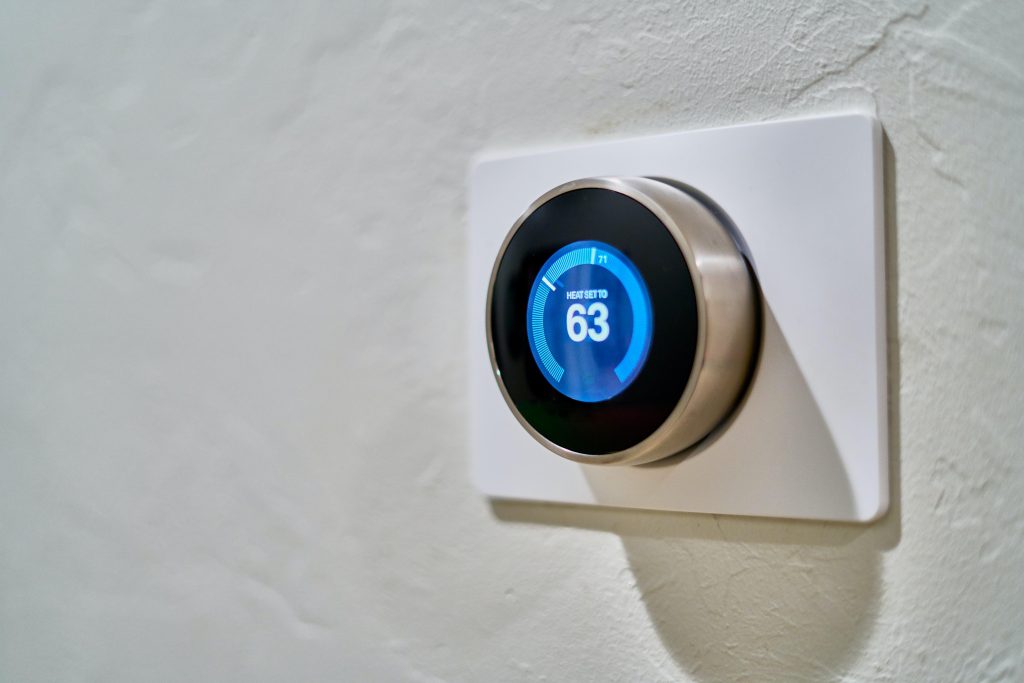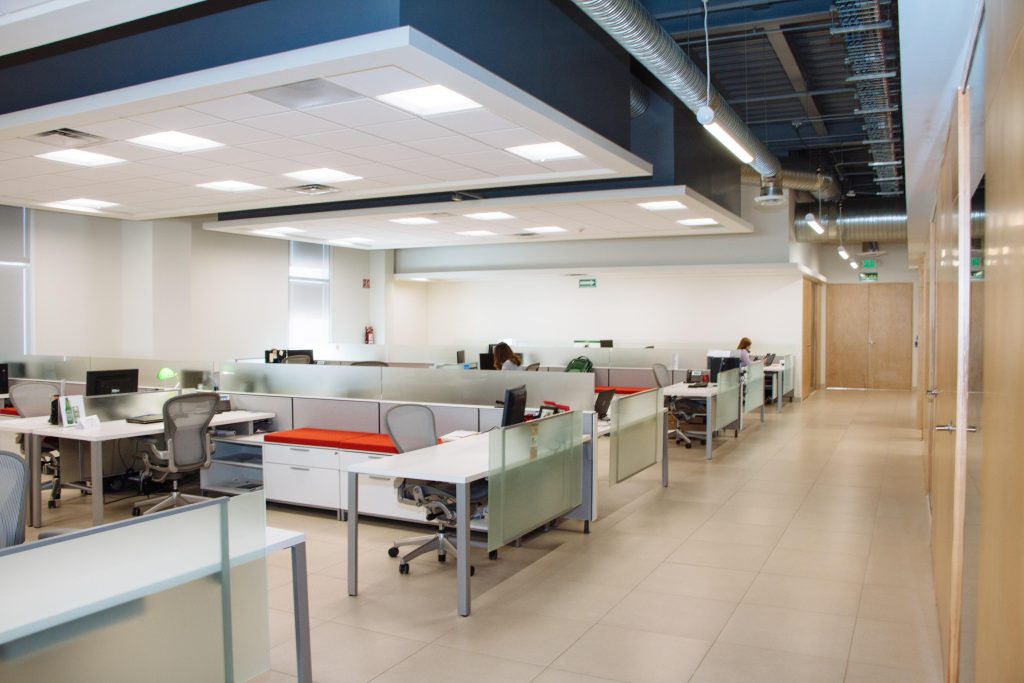Due to recent economic stress, now is a great opportunity for businesses to take a closer look at their utility bills. With decreased profit margins, cutting utility costs even a little bit can make a big difference. With decreased profit margins, cutting utility costs even a little bit can make a big difference. The University of Utah Intermountain Industrial Assessment Center has compiled a list of small changes that can make a big difference in cost and in promoting a healthy workspace.
Please regularly consult the CDC website for COVID-19 updates:
CDC Updates
HVAC

Heating and cooling account for about a quarter of a building's energy usage2. While higher efficiency equipment can mitigate the energy usage, revamping your current heating, ventilation and air conditioning (HVAC) system can be costly and quite intensive. Before engaging in a comprehensive overhaul, consider a few simple tricks listed below to help reduce your bill and decrease COVID-19 risk for your employees.
Increase Ventilation and Filtration – In light of new concerns about airborne illnesses, particularly COVID-19, The American Society of Heating, Refrigeration and Air Conditioning (ASHRAE) recommends increasing building ventilation and the use of outside air to maximum capacity, as well as replacing filters to prevent the circulation of particles carrying COVID-19 in HVAC systems. While this action will unavoidably increase energy usage, it is an important consideration to protect the health and safety of employees. To compensate for this increase please adopt the strategies below.
Setpoints – An 8 °F set-point change over 8 hours can result in up to 10% HVAC energy savings for the year3. The closer your thermostat setpoint is to the outside temperature, the higher your energy savings will be. For example, during the summer, your thermostat setpoint should be higher when you’re out of the office.
Sensors and Controls – Do not use occupancy sensors for HVAC purposes during this pandemic. Although occupancy sensors and other controls are highly effective in saving energy, ASHRAE recommends increasing ventilation and humidity as much as possible. Control methods such as DCV should be halted at this time.
Lighting

Lighting is the second-largest consumer of energy in office buildings and provides an easy opportunity for cutting energy usage. There are two general rules of thumb for cutting lighting costs: turning off lights when possible and using higher efficiency bulbs.
Listed below are three simple tools that can be used to save energy and help offset the costs of increased ventilation and filtration.
Occupancy Sensors – These keep lights on when movement is detected in the designated area, and automatically turn off when the area is unoccupied. These are useful in areas where people come and go or a space that is not always in use, such as bathrooms, conference rooms, and closets.
Daylight Sensors - Change the brightness of lamps and fixtures according to the ambient lighting in the environment. These are useful in spaces with lots of natural lighting and are optimized according to the time of day.
LED - Stands for “light-emitting-diode". LED bulbs produce light about 90% more efficiently than incandescent lightbulbs and can last longer too.1 Due to their efficiency, many power companies offer incentives for businesses to upgrade lighting to LEDs.
Other

While lighting and HVAC make up the bulk of utility bills, equipment or appliances will also use energy. Beyond the aforementioned upgrades, there are innumerable ways to save energy. The following are a few extra tips to mention.
Turning off appliances – Printers, computers, coffee makers, and other appliances all contribute to energy usage. Devices like printers and computers offer standby or sleep modes that can reduce energy usage. Electronics and appliances like coffee makers can still draw standby electricity or “phantom power” when plugged in, even if they’re not in use4. This problem has been magnified in the pandemic, as many office spaces continue to go unused as we transition to remote work.
Smart Power Strips and Timers – Connect your appliances together into a power strip to enable easy turn on and off. Some power strips have timers, occupancy sensors, and other advanced settings to regulate power usage4.
Get outside as much as possible - Working outside increases general health, immune strength, and problem-solving, all while reducing stress and blood pressure5. When using occupancy sensors, this allows the building to relax and reduce energy usage by automatically turning off the lights, HVAC, and other equipment.
Incentives
With health regulations intensifying in the wake of COVID-19 it is a tremendous benefit to upgrade to safer and more cost-effective equipment. Energy distributors are happy to provide rebates and other incentives to reduce these up-front costs, and we encourage you to explore the programs they offer7.
Rocky Mountain Power IncentivesDominion Energy Incentives
Energy Star
The Environmental Protection Agency and the Department of Energy share a no-cost tool available on the ENERGY STAR website known as “Portfolio Manager” for managing energy and water consumption. With COVID-19 switching gears in the way businesses operate, energy management practices will need to be rethought to make sure best practices are being applied.
To learn more and adopt the program please visit:
Energy Star ResourcesCybersecurity
The COVID-19 pandemic has required many companies to transition to remote working. However, this social distancing tactic has exposed companies to even more cybersecurity risk as people begin working on company servers from home. Please take the time to inform employees about ‘phishing attacks’ where cybercriminals use COVID-relief as a front to breach company databases.
To learn more please visit our IIAC Cybersecurity Web page for tips and other resources:
Cybersecurity Resources